A Q&A with Drs. Theodore Scott Nowicki and Antoni Ribas on a first-in-human clinical trial that used engineered T cells and stem cells to create a renewable supply of cancer-fighting immune cells in patients.


Tesla’s upcoming robo-taxi milestone of deploying 2,000 vehicles is expected to significantly boost its margins and potentially double or triple its free cash flow, marking a critical point in the company’s expansion and growth ##
## Questions to inspire discussion.
Tesla’s Robo Taxi Strategy.
🚕 Q: What is Tesla’s approach to deploying robo taxis across the US? A: Tesla plans to seed robo taxis across multiple cities nationwide, rather than focusing on a single market, to demonstrate benefits to regional regulators, define drop-off and pickup zones, and establish presence before scaling up.
🏙️ Q: Which cities are part of Tesla’s initial robo taxi expansion plans? A: Tesla’s robo taxi expansion includes Austin, Bay Area, Nevada, Arizona, Florida, and other states, with Austin and Bay Area currently offering invite-only services.
Financial Impact and Pricing.
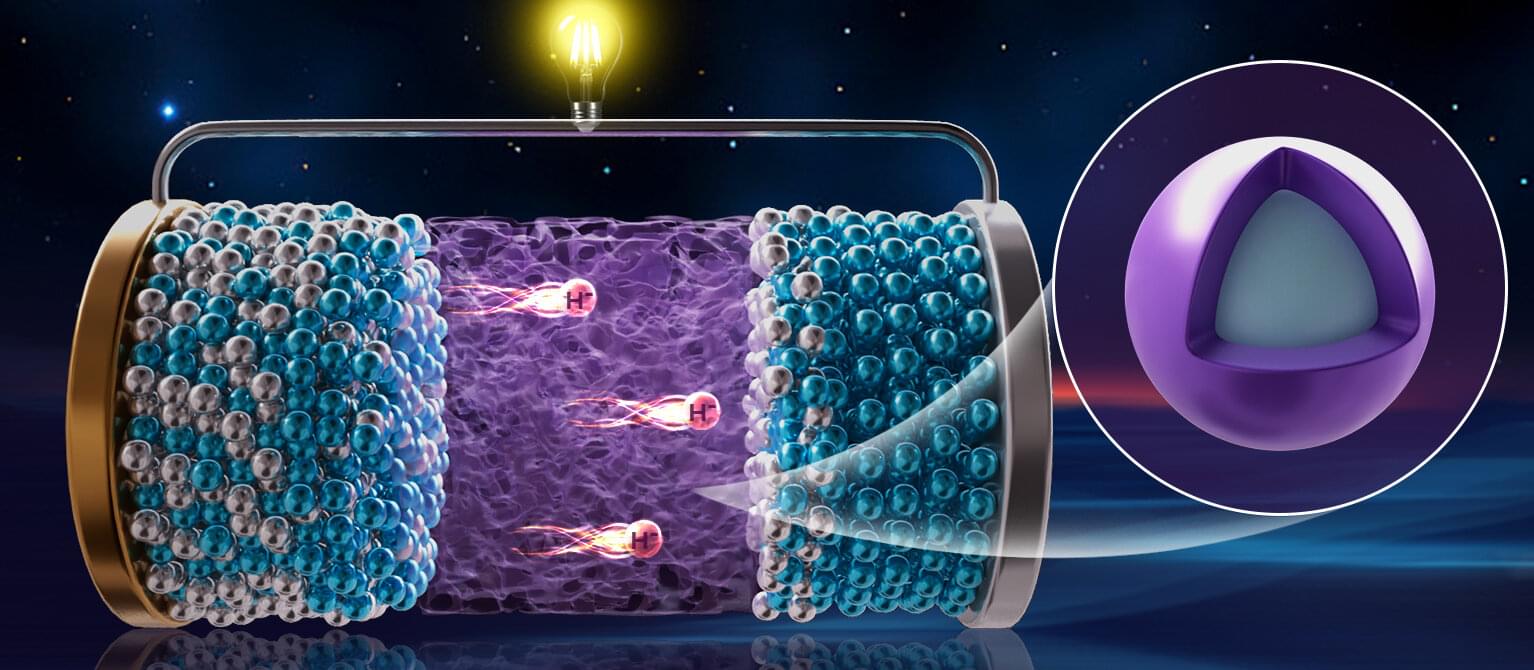
Hydride ion (H-), with their low mass and high redox potential, are considered promising charge carriers for next-generation electrochemical devices. However, the lack of an efficient electrolyte with fast hydride ion conductivity, thermal stability, and electrode compatibility has hindered their practical applications.
In a study published in Nature, Prof. Chen Ping’s group from the Dalian Institute of Chemical Physics (DICP) of the Chinese Academy of Sciences (CAS) developed a novel core–shell hydride ion electrolyte, and constructed the first room temperature all-solid-state rechargeable hydride ion battery.
Using a heterojunction-inspired design, researchers synthesized a novel core–shell composite hydride, 3CeH3@BaH2, where a thin BaH2 shell encapsulates CeH3. This structure leverages the high hydride ion conductivity of CeH3 and the stability of BaH2, enabling fast hydride ion conduction at room temperature along with high thermal and electrochemical stability.

The quantum many body problem has been at the heart of much of theoretical and experimental physics over the past few decades. Even though we have understood the fundamental laws that govern the behavior of elementary particles for almost a century, the issue is that many interesting phenomena are the result of the complex collective behavior of many interacting quantum particles. In the words of condensed matter theorist Philip W. Anderson: “More is different.”
Since simulating models with this many degrees of freedom exactly is entirely intractable computationally, approximations such as perturbation theory have been widely used to gain insight into their behavior. However, this approach requires that the theory is close to non-interacting, which renders it unusable in many cases of physical interest.
More recently, an approach based on insights from quantum information theory has shown great promise for tackling these non-perturbative regimes. It was understood that the low-energy quantum states of local models display relatively little entanglement compared to generic quantum states, a feature that is exploited in tensor network methods.
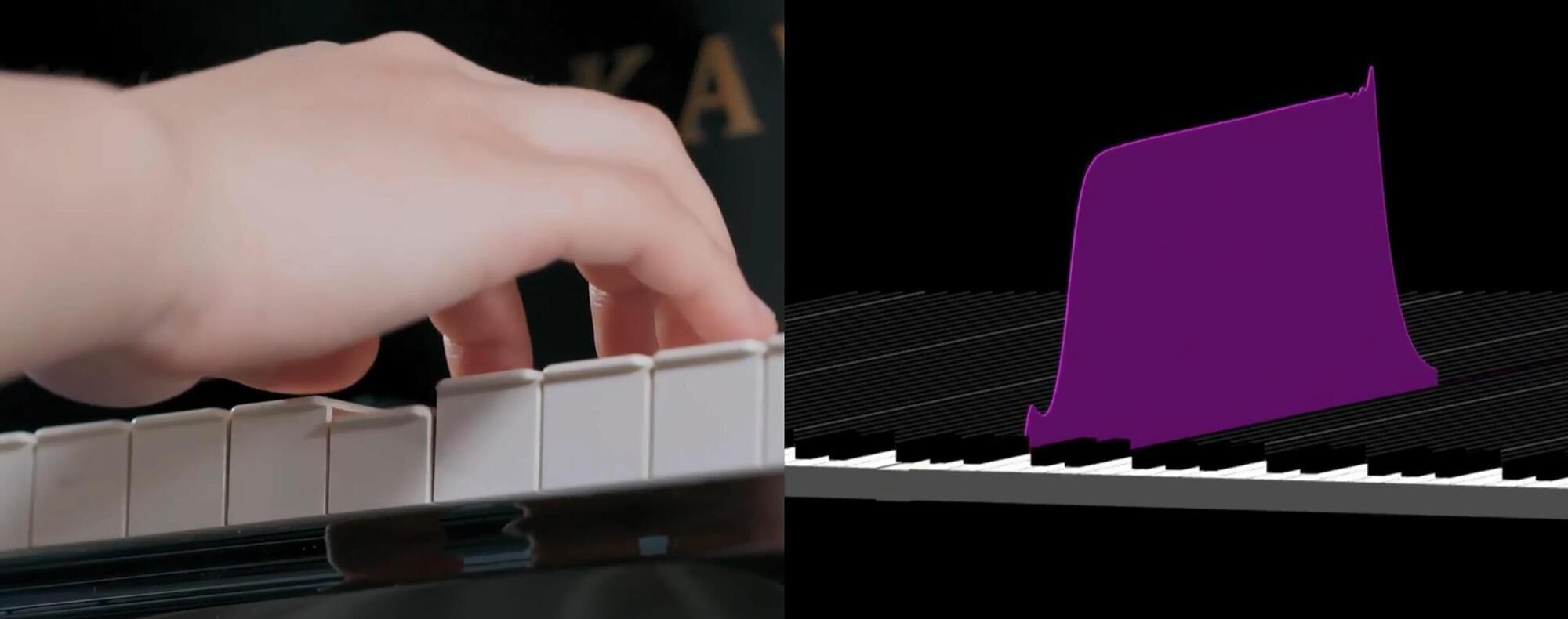
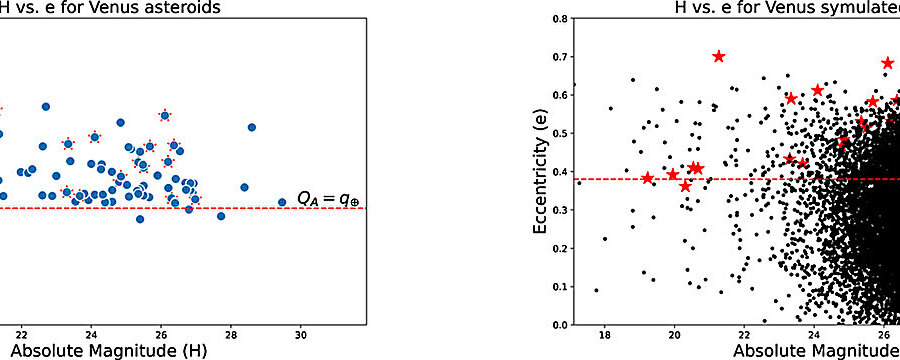
An international study led by researchers at São Paulo State University (UNESP) in Brazil has identified a little-known but potentially significant threat: Asteroids that share Venus’s orbit and may completely escape current observational campaigns because of their position in the sky. These objects have not yet been observed, but they could strike Earth within a few thousand years. Their impacts could devastate large cities.
“Our study shows that there’s a population of potentially dangerous asteroids that we can’t detect with current telescopes. These objects orbit the sun, but aren’t part of the asteroid belt, located between Mars and Jupiter. Instead, they’re much closer, in resonance with Venus. But they’re so difficult to observe that they remain invisible, even though they may pose a real risk of collision with our planet in the distant future,” astronomer Valerio Carruba, a professor at the UNESP School of Engineering at the Guaratinguetá campus (FEG-UNESP) and first author of the study, told Agência FAPESP.
The study is published in the journal Astronomy & Astrophysics. The work combined analytical modeling and long-term numerical simulations to track the dynamics of these objects and assess their potential to come dangerously close to Earth.
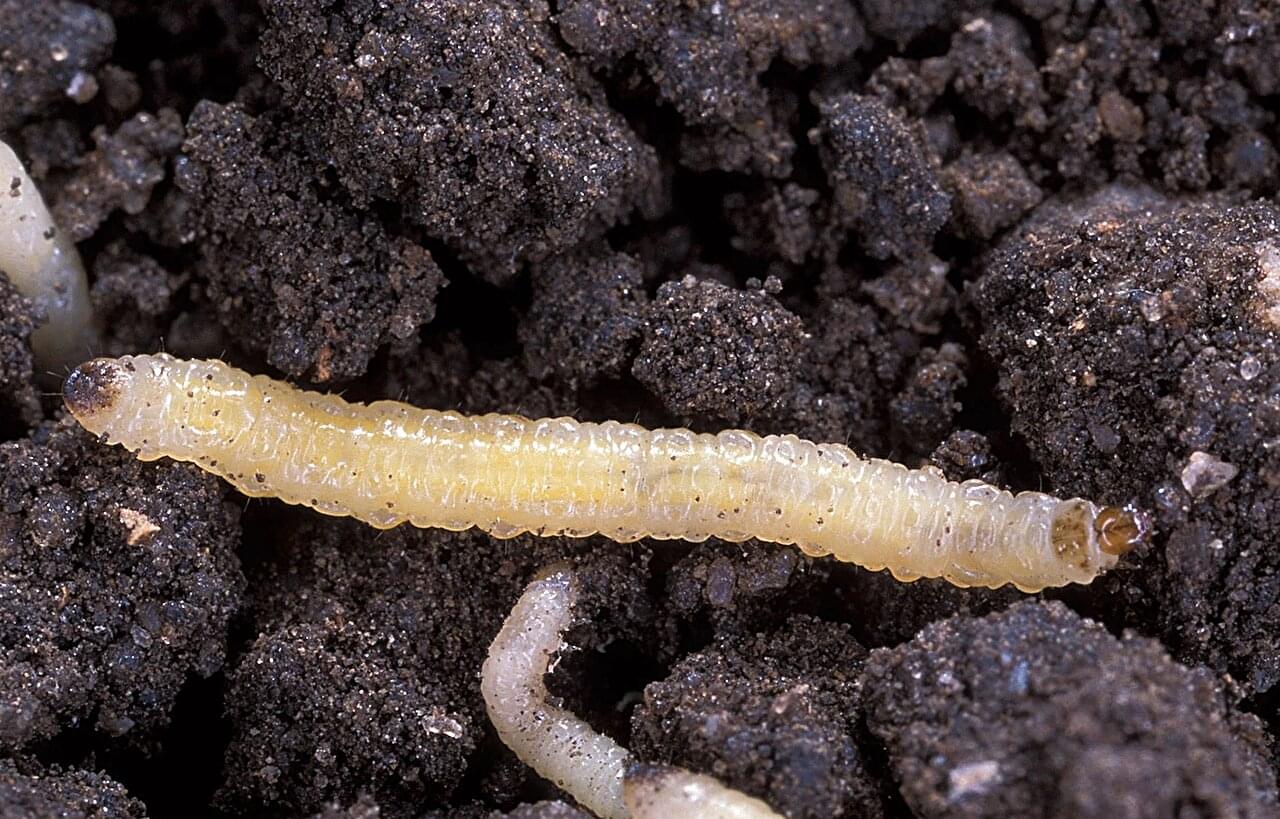
Corn rootworms, pests responsible for billions of dollars in yearly crop losses, are evolving resistance that weakens even the latest biotechnology controls, according to a new study published in the journal Proceedings of the National Academy of Sciences.
Drawing on decades of data across multiple states, University of Arizona entomologists found that field-evolved resistance to Bacillus thuringiensis, or Bt, is undermining the effectiveness of corn that targets rootworms with the combination of Bt and RNA interference, or RNAi, a new biotech control that turns the rootworms’ own genetic instructions against them.
The research team analyzed extensive field data collected over the past two decades in 12 previous studies, including millions of rootworms evaluated across the Corn Belt, which extends from western Ohio to eastern Nebraska and northeastern Kansas.

A new physics-based algorithm clears a path toward nuclear microreactors that can autonomously adjust power output based on need, according to a University of Michigan-led study published in Progress in Nuclear Energy.
Easily transportable and able to generate up to 20 megawatts of thermal energy for heat or electricity, nuclear microreactors could be useful in remote locations such as rural communities, disaster zones, military bases or even cargo ships, in addition to other applications.
If integrated into an electrical grid, nuclear microreactors could provide stable, carbon-free energy, but they must be able to adjust power output to match shifting demand—a capability known as load following. In large reactors, staff make these adjustments manually, which would be cost-prohibitive in remote areas, imposing a barrier to adoption.
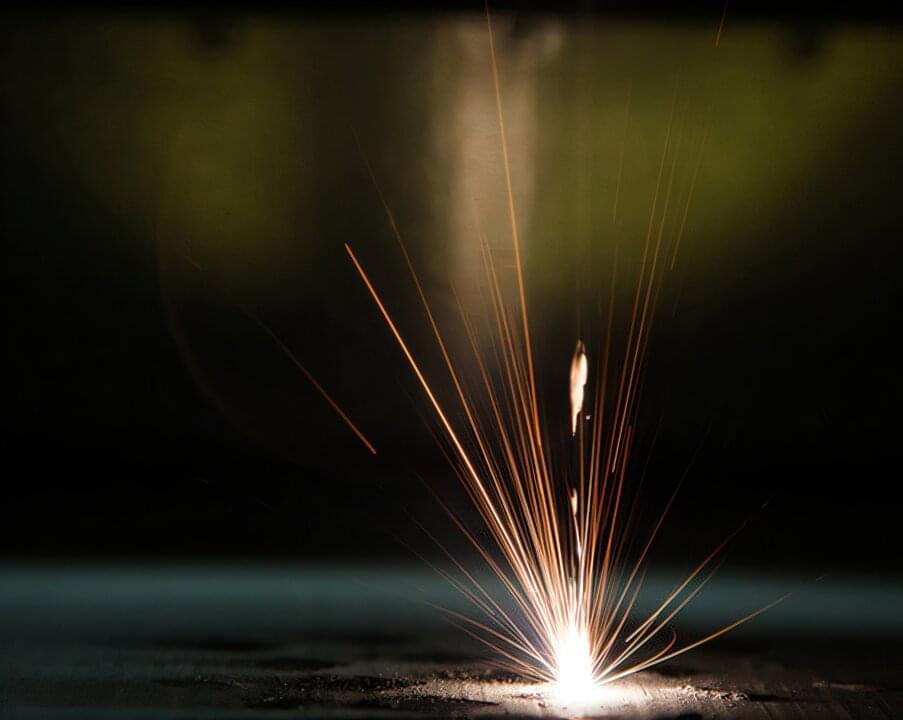
With the ability to print metal structures with complex shapes and unique mechanical properties, metal additive manufacturing (AM) could be revolutionary. However, without a better understanding of how metal AM structures behave as they are 3D printed, the technology remains too unreliable for widespread adoption in manufacturing and part quality remains a challenge.
Researchers in Lawrence Livermore National Laboratory (LLNL)’s nondestructive evaluation (NDE) group are tackling this challenge by developing first-of-their-kind approaches to look at how materials and structures evolve inside a metal AM structure during printing. These NDE techniques can become enabling technologies for metal AM, giving manufacturers the data they need to develop better simulations, processing parameters and predictive controls to ensure part quality and consistency.
“If you want people to use metal AM components out in the world, you need NDE,” said David Stobbe, group leader for NDE ultrasonics and sensors in the Materials Engineering Division (MED). “If we can prove that AM-produced parts behave as designed, it will allow them to proliferate, be used in safety-critical components in aerospace, energy and other sectors and hopefully open a new paradigm in manufacturing.”

Research led by The Hong Kong Polytechnic University finds that regional fat distribution exerts distinct effects on brain structure, connectivity and cognition, revealing patterns not explained by body mass index (BMI).
Obesity has been associated with structural and functional changes in the brain, including reductions in gray matter, disruptions in white matter and impaired connectivity, which have been associated with cognitive decline.
Previous studies frequently used BMI as the central measure of obesity, a highly generalized metric that cannot capture the biological differences in fat depots. Adipose tissue in different body regions is known to affect metabolic and inflammatory pathways differently, and earlier work has suggested that visceral (around organs in the abdominal cavity) and leg fat contribute unequally to disease risk.